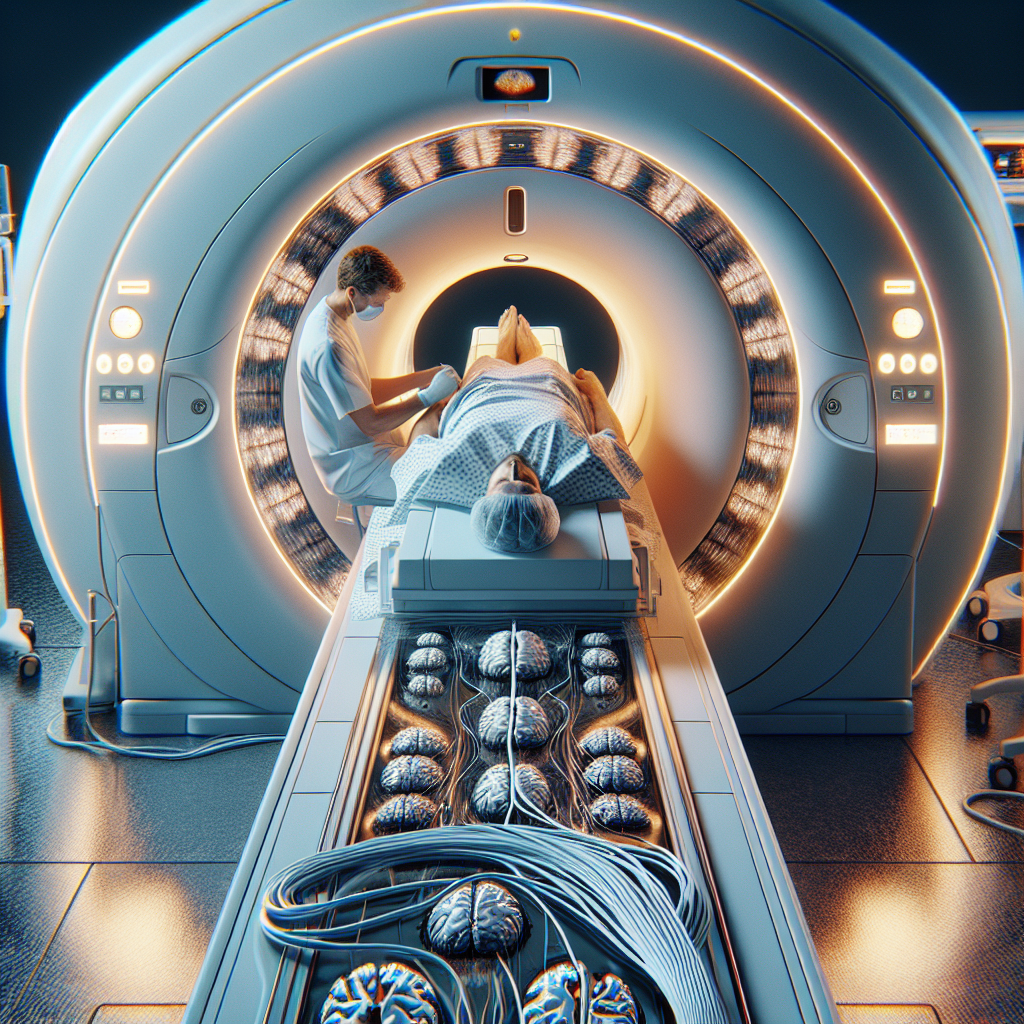MRI for Brain Injury
- MCC

- Aug 16, 2024
- 4 min read
Updated: Sep 5
Many traumatic brain injuries resulting from car accidents and workplace incidents fall within the mild to moderate range. It is common for standard neuroimaging tests, such as CT scans and sometimes MRIs, to not reveal any abnormalities even in cases of mild to moderate trauma.

When presented as evidence in legal proceedings, CT scans and MRIs often do not appear remarkable to the average person. While a radiologist can interpret the imaging findings, they may not be apparent to others. This lack of a visually striking exhibit can hinder the plaintiff's case in court, allowing the defense to question the severity of the alleged injury.
Magnetic Resonance Imaging (MRI) stands out as a remarkable innovation that has greatly advanced the field of neurology. This article delves into the complex realm of MRI scans for brain injuries, illuminating their significance, procedure, and consequences.
The Power of Visualization: Understanding MRI Scans

An MRI scan is a non-invasive imaging technique that uses powerful magnets and radio waves to create detailed images of the brain's structure and function. For individuals who have experienced a brain injury, whether through trauma or disease, MRI scans play a pivotal role in providing invaluable insights into the extent and nature of the damage.
The Process Unveiled: What to Expect During an MRI Scan
Undergoing an MRI scan for a brain injury can be a daunting experience for many. However, the process itself is smooth and relatively straightforward. Patients are required to lie down on a narrow table that slides into the MRI machine—a large cylinder surrounded by a circular magnet. While inside the machine, patients need to remain still to ensure the clarity and accuracy of the images captured.
The MRI technician will provide instructions throughout the procedure, which typically lasts between 30 to 60 minutes. It's essential to communicate any concerns or discomfort with the medical staff beforehand to make the experience as comfortable as possible.
What Do MRI Scans Reveal About Brain Injuries?
MRI scans offer a comprehensive view of the brain's internal structures, allowing healthcare professionals to identify abnormalities, lesions, or other indications of a brain injury. These images provide detailed information about the brain's anatomy, highlighting areas of concern that may require further evaluation or treatment.

From detecting hemorrhages and concussions to assessing the impact of neurodegenerative diseases, MRI scans are instrumental in guiding treatment plans and monitoring the progression of brain injuries over time. By pinpointing the specific areas affected by the injury, medical professionals can tailor interventions to address patients' unique needs effectively.
The Impact of MRI on Brain Injury Diagnosis and Treatment
The advent of MRI technology has revolutionized the field of neuroimaging, offering unparalleled clarity and precision in diagnosing and treating brain injuries. With its ability to capture detailed three-dimensional images of the brain, MRI has become an indispensable tool for healthcare providers in assessing the extent of damage and formulating personalized care plans for patients.
MRI scans play a crucial role in ongoing research efforts aimed at understanding the underlying mechanisms of brain injuries and developing innovative treatment strategies. By unraveling the complexities of brain function and connectivity, MRI technology continues to pave the way for groundbreaking advancements in neurology and rehabilitation.
"A magnetic resonance imaging (MRI) serves as a valuable tool for assessing and documenting injuries sustained in personal injury cases. It allows medical professionals to visualize internal structures, such as bones, soft tissues, and organs, with exceptional detail."
Personal injury Attorneys in New York
MRI scans for brain injuries stand as a pinnacle of technological advancement in the field of healthcare. With their unparalleled ability to visualize and decipher the intricacies of the brain, MRI technology offers hope, clarity, and healing to those grappling with the challenges of brain trauma and disease.
As we journey further into the realms of medical innovation, the profound impact of MRI on brain injury diagnosis and treatment remains unwavering, bearing testament to the transformative power of human ingenuity and compassion.
Let us continue to embrace the marvels of modern medicine and harness the potential of MRI technology to illuminate the path towards healing and recovery for all those affected by brain injuries.
Remember, your brain is a treasure trove of mysteries waiting to be uncovered, and MRI scans are the key to unlocking its secrets!
Frequently Asked Questions:
What does MRI show for TBI?
Magnetic resonance imaging (MRI) is a powerful diagnostic tool that can detect signs of injury such as minute bleeding (microhemorrhage), small areas of bruising (contusion) or scarring (gliosis), which are invisible to the CT scan.
What are the imaging techniques for traumatic brain injury? While CT is the mainstay of TBI imaging in the acute setting, magnetic resonance imaging (MRI) has better diagnostic sensitivity for certain types of injuries that are not necessarily hemorrhagic, including cortical contusions and nonhemorrhagic traumatic axonal injuries.
What is the diagnostic procedure of traumatic brain injury? A computed tomography (CT) scan uses a series of X-rays to create a detailed view of the brain. A CT scan can quickly visualize fractures and uncover evidence of bleeding in the brain (hemorrhage), blood clots (hematomas), bruised brain tissue (contusions), and brain tissue swelling. Magnetic resonance imaging (MRI).
What is the best MRI for TBI?
DTI (Diffusion Tensor Imaging) is the most sophisticated type of brain MRI imaging for Traumatic Brain Injury (TBI) detection.
Dedicated to TBI Quality Imaging
REOURCES:










Comments